Social Norms in the Development of Adolescent Substance Use: A Longitudinal Analysis of the International Youth Development Study
Abstract Identifying specific aspects of peer social norms that influence adolescent substance use may assist international prevention efforts. This study examines two aggregated measures of social norms in the school setting and their predictive association with substance (alcohol, tobacco and marijuana) use 2 years later in a large cross-national population-based cohort of adolescents. The primary hypothesis […]
Studying the playbook: Which pathways mediate relationships between sports team participation and health-risk behaviors among alternative high school students?
Abstract Alternative high school (AHS) students engage in high levels of substance use and risky sexual behaviors. Sports team participation holds great potential for building resilience and preventing health-risk behaviors. Yet, little is known about sports team participation among this population. We used logistic regression-based path analytic frameworks (multiple mediator models) to simultaneously explore whether […]
Guest speakers in school-based sexuality education
Abstract This study, using data from a statewide survey (n = 332), examined teachers’ practices regarding the inclusion of guest speakers to cover sexuality content. More than half of teachers (58%) included guest speakers. In multivariate analyses, teachers who taught high school, had professional preparation in health education, or who received professional development covering sexually […]
Associations between sugar-sweetened beverage consumption and fast-food restaurant frequency among adolescents and their friends
Abstract Objective: To assess associations between adolescents and their friends with regard to sugar-sweetened beverage (SSB)/diet soda intake and fast-food (FF) restaurant visits. Design: Population-based, cross-sectional survey study with direct measures from friends. Setting: Twenty Minneapolis/St Paul schools during 2009–2010. Participants: Adolescents (n = 2,043; mean age, 14.2 ± 1.9 years; 46.2% female; 80% non-white). […]
Evaluation of North Shore Public Health Nurses’ Child and Youth School-Linked Practice
As a means to improve youth health, the BC Government introduced the Healthy Schools Strategy, based on a comprehensive school health framework. In Vancouver Coastal Health, the North Shore Public Health Nursing Child & Youth Team developed plans to provide school nursing in all 12 public high schools in West Vancouver and North Vancouver (School […]
Capturing the wisdom and the resilience: How the Pinnacle Program fosters connections for alternative high school students
The Pinnacle Program is a joint partnership between the Vancouver Board of Education and the Ministry of Children and Family Development (MCFD–the Provincial Ministry responsive for child protection) which provideg low barrier access for youth who wish to complete their Secondary School Graduation Certificate (Dogwood Diploma or Adult Dogwood Diploma). Many of the youth who […]
Health for the World’s Adolescents: A Second Chance in the Second Decade of Life
The achievements since the 1989 World Health Assembly Resolution on the health of adolescents underpin this report. It synthesizes the progress made and the many lessons learned about rectifying the misconceptions about adolescent health, developing consensus on core indicators, better analysing the available data, strengthening the evidence base for effective interventions across a range of […]
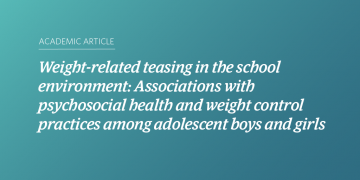
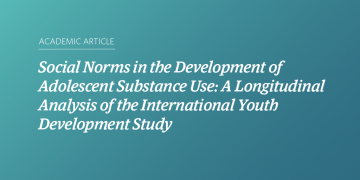
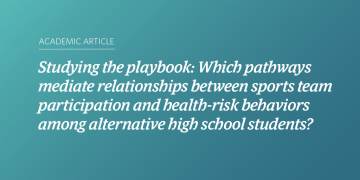
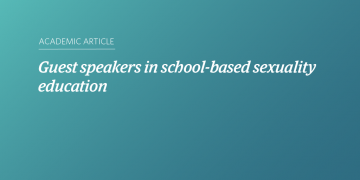
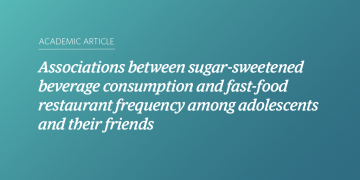

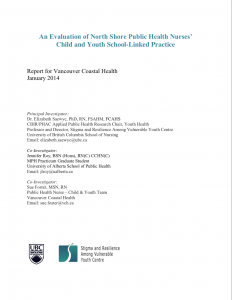
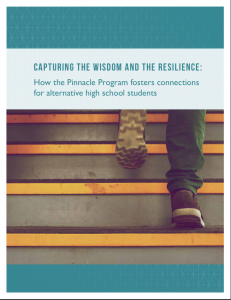
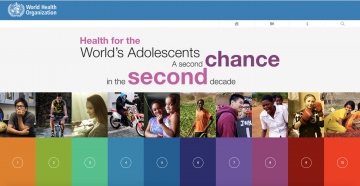
![Teal and blue gradient background with white text that says “Reducing homophobia in high school: The effects of “The Laramie Project” play and an integrated curriculum [abstract]”](https://www.saravyc.ubc.ca/files/2011/08/Reducing-homophobia-in-high-school-The-effects-of-“The-Laramie-Project”-play-and-an-integrated-curriculum-abstract_Twitter-360x180.png)

